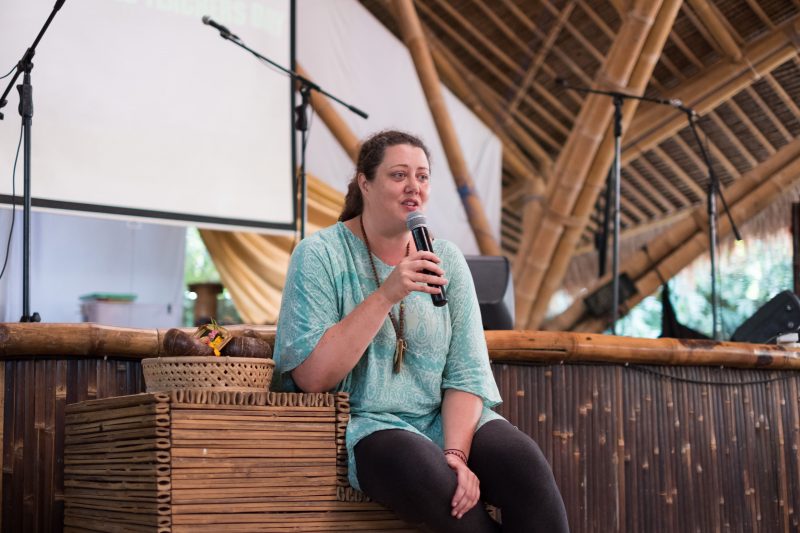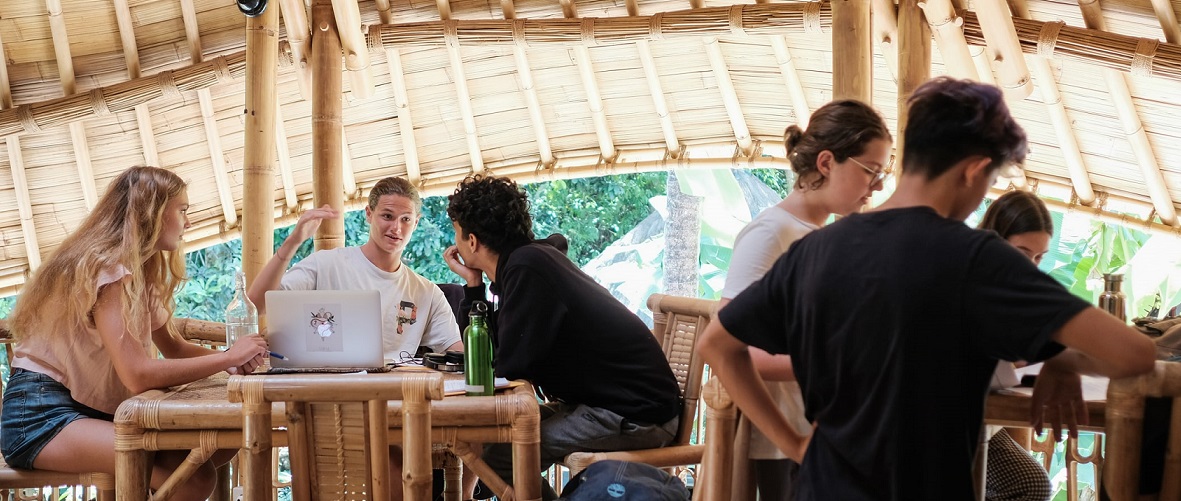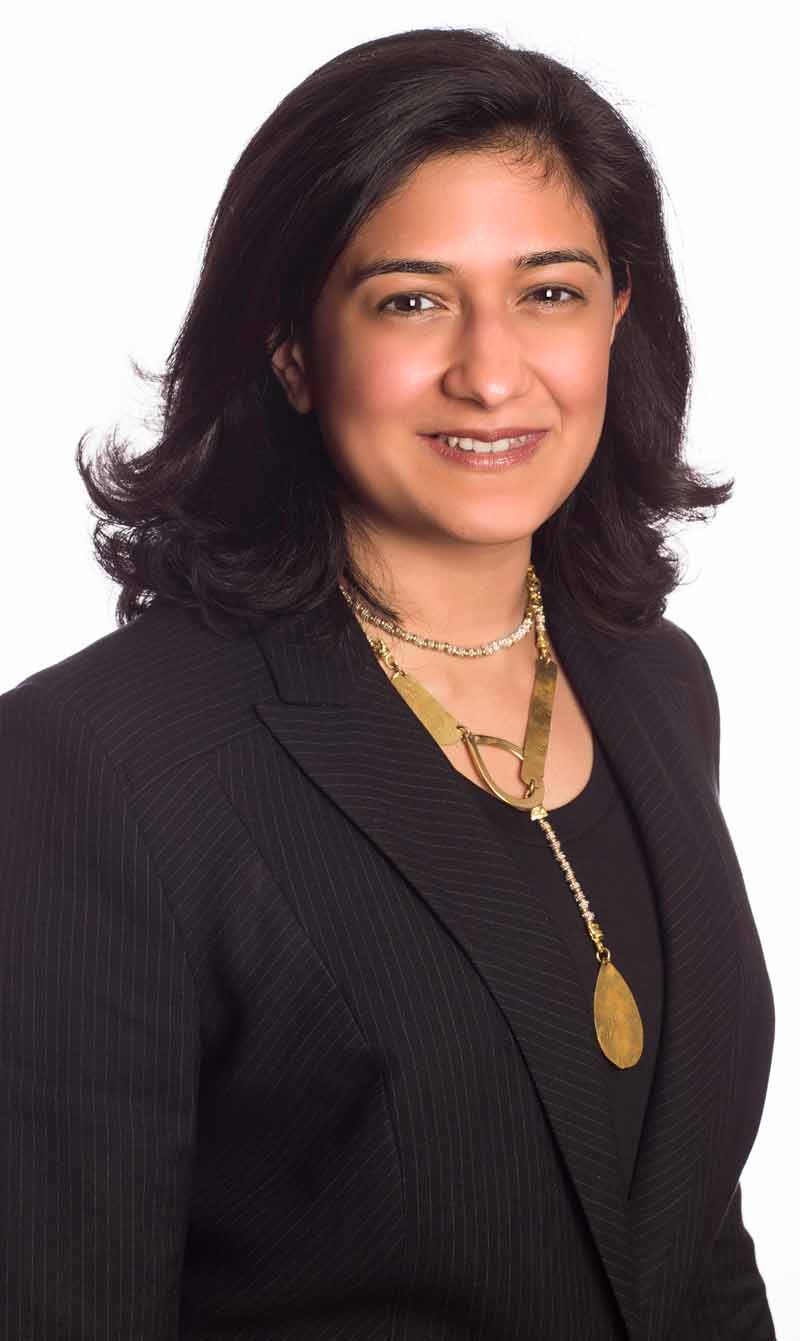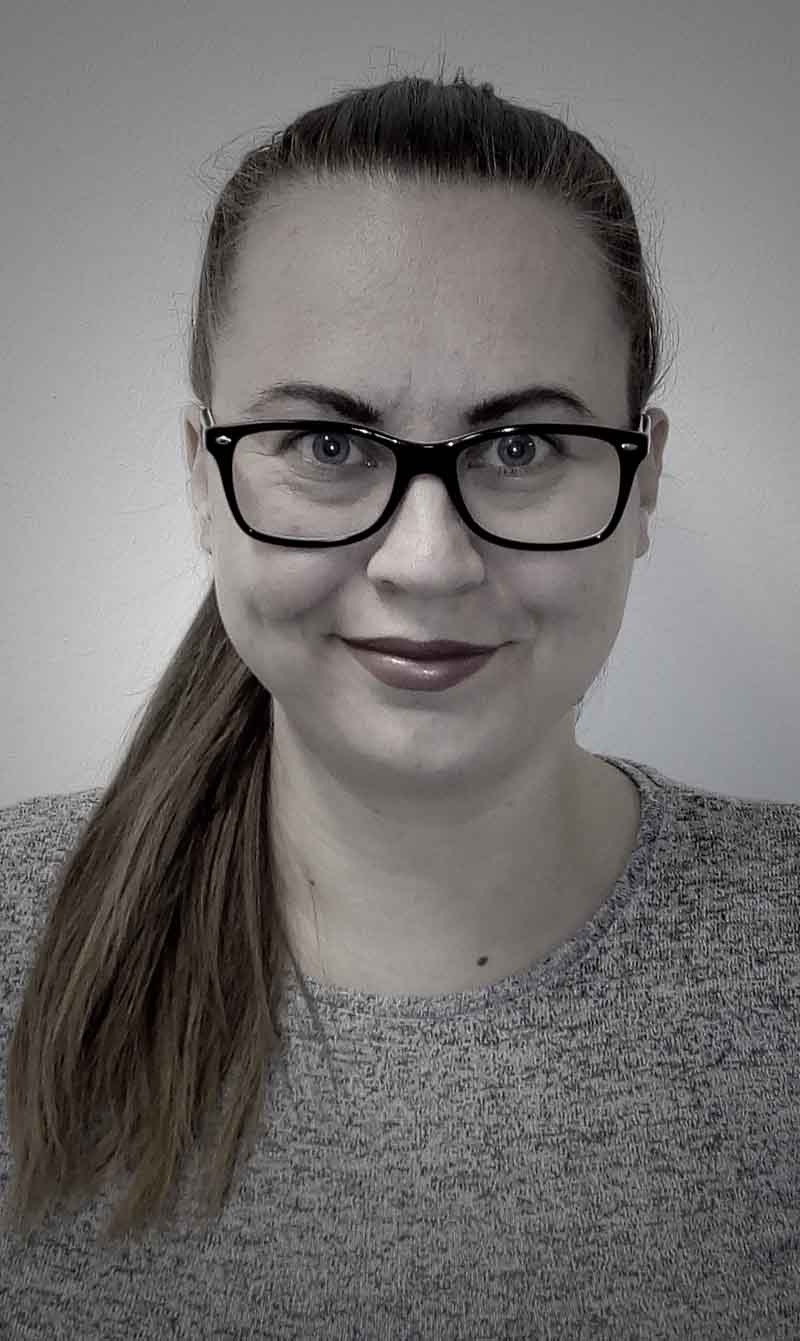Where the School has No Walls
What if there’s a school with no walls, where the students are smiling and they don’t want to leave. Su Aziz finds one such school. This article first appeared in In Focus issue 4 magazine.
In a most unexpected setting, nestled in the heart of a lush Balinese jungle, sit several bamboo structures that form Green School. It’s a private, non-profit school for preschool to grade 12 (age 3 – 18) and its curriculum focuses on powerful, sustainable as well as impactful learning experiences that can help develop 21st century skills. The beauty of it is, the school has no walls, uses natural light and is built on approximately eight hectares of land.
Founders, John and Cynthia Hardy conceived the idea of the school in 2006, and opened its doors in 2008 to 90 students. The award-winning jewellers and sustainable business pioneers were 30-year residents of Bali then, and wanted their daughters to attend a school they believe in, one that went beyond the physical limitations of most traditional schools.
John was affected by Al Gore’s film, An Inconvenient Truth, that during his TED Talk in 2010 which garnered over a million views on YouTube, he said, ‘I’ve four kids. And even if part of what he [Al Gore] says is true, they’re not going to have the life that I had. And I decided at that moment that I would spend the rest of my life doing whatever I could to improve their possibilities.’
John introduced his school during his 2010 TED Talk by saying how his school doesn’t look like a school, but, he adds, ‘At Green School, the children are smiling. An unusual thing for schools! The people who built my school also built the prison and insane asylums, out of the same material.’ Which is bamboo, a sustainable building material.
The school’s mission of ‘a community of learners making our world sustainable’ sets the core philosophy of why and how the school educates. Basically, it sets out to develop global green leaders. Teachers here are as diverse as the student body. It prepares the students for the real world by being involved in it now, to have impact now, to take responsibility now, to model as well as practice the skills and mindsets that we’ll need later on, now.
Back to School
In many ways what happens at Green School can, and does, at times look very similar to what happens in other schools. The difference lies in the culture that’s created around the experience: the collegiality between students and teachers, the ‘everyone is a learner’ belief system, the dedication to celebrating people’s differences not similarities, and highlighting how differences actually build a stronger community than similarities.
Currently, there are 508 students at the school from 35 countries including 43 full scholarship Balinese students. A school day runs from 8.15am to 3.15pm but students often stay on till 5pm for the daily after school activities.
The ‘Green School way’ or the Green School curriculum has age and developmentally appropriate ways of teaching as well as embedding learning. Their curriculum follows the three frames of learning:
- Thematic: geography and maths may be integrated into a thematic.
- Proficiency: focuses on core, discrete intellectual competencies that require repetition to reach proficiency.
3. Experiential: ‘At most schools,’ its principal Leslie Medema said in an interview, ‘you learn about making a bridge in a book. At progressive schools, you maybe make it out of matchsticks or carve it out of soap. At Green School, you actually just go and make it.’
In wall-less classrooms, primary school students may start with circle time and a moment for the whole class to get together before breaking out into other subjects for the day. Proficiency classes are usually in the morning, followed by thematic or the experiential lesson frame.
Students may have a green studies class in the garden, their physical wellbeing class in the gym, their science class in the bamboo science lab or head to see the music teacher in the music room. The students may be at Green School Innovation Hub, which is their makers space, where they create items using woodworking equipment or 3D printers. At Project Hub, they pitch a student-led project idea which will then be used in the classroom or engage in their Waste Management centre called Kembali.
Snack time and lunch are in the main building of the school which is known as the Heart of School and older students tend to eat lunch in the main community space. Then, afternoon lessons may involve an assembly or middle school and high school students may be meeting up with their mentors for their projects (Quest and Green Stone). Otherwise, they may present their projects in the Adult Co-working space known as The Bridge – by the way, Green School is also for grownups.
Balancing Green and Tech
Green School aims to empower in their students a healthy and vibrant growth mindset, entrepreneurial and innovative mindset, and a sustainability mindset. In the decade since it’s been operating, there are two success stories that the school’s proud of:
1. Bio-Bus: their sustainable transportation system that runs on used cooking oil.
2. Bye Bye Plastic Bags: youth movements to ban plastic bags use in Bali and beyond.
Despite being a school in the jungle, the school embraces both high-tech and low-tech solutions. They believe that in order to build a sustainable future, being skilled in technology is part of that change and allows their students to make a bigger impact now.
Green School Innovation Hub was created to fulfill the need to create a space where students could learn by creating, iterating and learning through mistakes. The hub’s equipped with 3D printers, woodworking equipment, laser engravers and precious plastic machines that help them convert plastic recycling waste into ink for their 3D printers.
The school’s curriculum teaches digital citizenship in an age, and developmentally, appropriate way. Their primary school students have a computer lab and learn to use technology. Middle school and high school students are required to use laptops as part of their lessons. Furthermore, it has been accredited by WASC (Western Association of Schools and Colleges).
Staying Relevant
The school’s curriculum is ever evolving. Established course design processes ensure regular review of program offerings that are always open to student-led directions that can be explored and evidence-based approaches, for curriculum development.
Their teachers come from all corners of the globe, bringing with them their own educational networks and resources. Faculty and individual professional development are supported with a focus on peer-lead development and training, along with external expertise.
With a focus on global issues and real learning, their teachers are expected to be well-read and plugged into world issues. Teachers and students are also able to tap into the expertise and knowledge that reside within their parent community. For example, on highly technical projects such as renewable energy, a team of students, along with their teacher, can invite a parent to join the project team to provide expert input and contribute to the learning and achievement of the end goal.
What’s Next
The next step is heading towards New Zealand. This is because of the country’s ‘can do’ culture and pristine natural environment provide the school with a wonderful opportunity for a second Green School. With its own unique elements, Green School New Zealand will stay true to their philosophies of structural design and learning principles while embracing the culture as well as traditional wisdom of the people, and work in harmony with the natural landscape.
The physical design of the school will be in keeping with the belief that the structures should work in harmony with the land, that children will be immersed in nature and that buildings should be works of art that spark creativity, as well as make a tangible statement about the school’s commitment to sustainability.
The school will open in February 2020 with an initial enrolment of around 85 students. Since the announcement of Green School New Zealand, enrolment interest has been very high, signalling the need for new educational models globally. What’s more, it’s promising to be the kind of school where students don’t want to leave.
A typical day at school depends on the age of a student – from early years, primary school, middle school and high school:
- Starts with a commute to Green School on the Bio Bus fuelled by used cooking oil.
- Coming through the bamboo school gates and meeting friends at the community space which has a local restaurant, juice bar and a hangout place. Parents and students usually meet and greet here.
- Classes start at 8.10am so the gong rings at this time (there’s no school bell).
- School ends at 3.15pm but there are numerous after school activities to choose from, including Balinese Dance, engineering club, capoeira and soccer.
Three tips Green School have for conventional schools to realistically adopt or incorporate sustainability into their curriculum by Leslie Medema, principal of Green School:

- Learning real life experiences or projects: the students feel their learning come to life. That’s when they really know and can answer why they go to school and understand the impact they can have in their world which is a highly empowering and motivating experience.
- Focus on the mindsets you’re creating in children. It isn’t what they do or what they learn as much as it’s how they think that will change their lives and the world. These mindsets should be growth oriented, entrepreneurial, problem solving and sustainability focused. Mindsets can be changed and developed in many ways but really it’s through the experiences that one has in life.
- Develop 21st century skills and make this your foundation.
Download In Focus issue 4 magazine for more insights on The Future of Business is Sustainability.
Photos by Green School, Bali.





